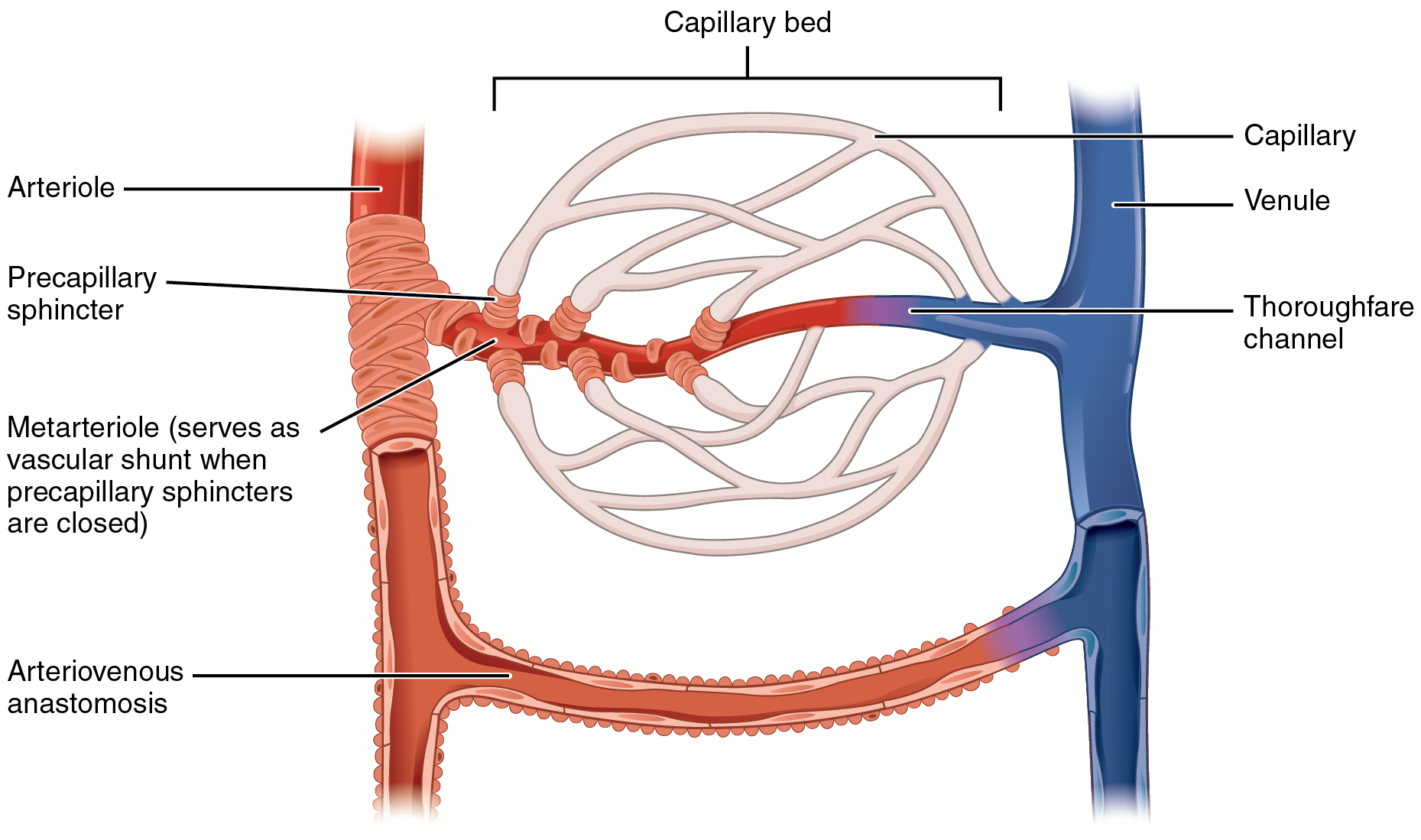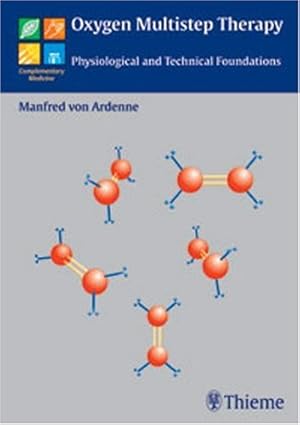What is punch-through training?
Cell Oxygen Chokes
Shunting occurs when blood diverts around capillaries due to inflammation that reduces the diameter of the capillary, insufficient pulse force or high blood viscosity.
Shunting sends blood through shunts instead of capillaries.
Shunting diverts oxygen away from cells causing users to observe, and sometimes complain that "I cannot desaturate".
Shunting causes users to have unusually high hemoglobin saturation readings during exertion. The punch-through protocol is designed to punch-through capillaries to restore cell-oxygen delivery.
When the The PO2 measured by a pulse oximeter reading remains unusually high, over 96+ % oxygen cannot reach tissue so it stays in the blood.
Failure Mode
The circulatory system relies on adequate pulse pressure to push blood through capillaries where red blood cells deliver oxygen and pick up carbon dioxide.
When or the capillaries are choked off, pulse pressure is too low, or blood is too thick, the blood bypasses capillaries through by-pass shunts called arteriovenous anastomosis to prevent stagnation.
This prevents cell oxygen delivery.
As this failure accumulates with age, about 1% per year of life, your body loses the ability to make energy and vitality erodes.

It's not Age... it's vascular injury.
Medical literature blames this energy loss on age.
These examples correlate energy loss with age, but don't explain why older cells make less energy:
- Energy Expenditure and Aging
- Longitudinal changes in energy expenditure in an elderly German population: a 12-year follow-up
This energy loss is a plumbing problem.
LiveO2 restores 10 to 25 years of this energy loss in a few weeks.
The LiveO2 punch-through protocol is reopens the vascular system and is the main prerequisite for all our other protocols.
Benefits:
- Resolve the cause of Fatigue from vascular inflammation
- Reduce disease vulnerability from to low oxygen
- Increase detoxification
- Improve quality of life
LiveO2 Punch-through Training
LiveO2 Adaptive Contrast training punches through vascular constrictions in four phases:
- Re-oxygenates your whole body
- Uses an escalating challenge series to gradually open the vascular system;
- Magic-moment restoration of oxygen where plasma oxygen levels exceed 4x normal to heal capillary inflammation.
- Increased tissue blood flow washes out waste and that accumulate in tissue during the injury.
The cycle restores health. This is protocol is a prerequisite for all other LiveO2 protocols.
LiveO2 start-up coaching is included with LiveO2 Adaptive Contrast and Extreme Systems. If you are new to LiveO2 you can purchase coaching here...
Former Text for Reference. Delete when review is complete.
Hypotensive Shunting: A Physiological Challenge in Oxygen Delivery
Definition
Hypotensive shunting is a physiological condition that occurs when blocked or impaired capillaries prevent proper oxygen delivery to tissues due to insufficient pulse pressure. This phenomenon is particularly common in individuals with hypotension (low blood pressure), where reduced circulatory force is unable to effectively push blood through compromised capillary networks.
Physiological Explanation
The circulatory system relies on adequate pulse pressure (the difference between systolic and diastolic blood pressure) to maintain effective blood flow through capillaries. Capillaries serve as the primary exchange site for oxygen and nutrients between blood and tissues. However, when pulse pressure is too low, blood bypasses these small vessels, leading to shunting, a process where oxygenated blood is redirected away from areas of high resistance without effectively unloading oxygen.
In individuals with hypotension, this issue is compounded because:
- Inadequate Perfusion Pressure – Low blood pressure lacks the force needed to push blood through narrow or partially blocked capillaries.
- Capillary Blockage or Dysfunction – Inflammation, poor circulation, or microvascular disease can create bottlenecks, increasing the resistance to blood flow.
- Oxygen Desaturation Issues – Because the blood is not passing through capillaries efficiently, oxygen is not properly released from hemoglobin, leading to poor desaturation (the unloading of oxygen from red blood cells).
- Tissue Hypoxia – As a result of impaired oxygen delivery, tissues remain under-oxygenated, leading to fatigue, cognitive fog, slow recovery, and metabolic inefficiencies.
Hypotensive Shunting & LiveO2 Training
LiveO2’s Adaptive Contrast training can help address hypotensive shunting by:
- Improving vascular function with oxygen-enhanced blood flow.
- Enhancing microcirculation to restore capillary patency.
- Increasing perfusion pressure during exercise-induced sympathetic activation.
- Flushing out inflammatory byproducts that contribute to capillary blockages.
For individuals with hypotension, gradual exposure to oxygen flush protocols, combined with light movement, can improve their ability to desaturate and progressively restore proper capillary function.


